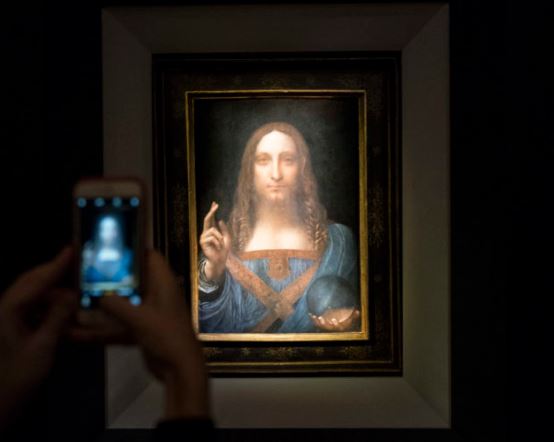Why Would a Saudi Prince Pay $450m for a Painting of Christ?

Netanyahu on Turkey’s Erdogan: We Don’t Take ‘Lectures in Morality’ From Leader ‘Who Helps Terrorists … Kill Innocent People’
December 11, 2017
POLITICS: Christmas Came Early This Year for Conservatives
December 11, 2017


 The news
The news

